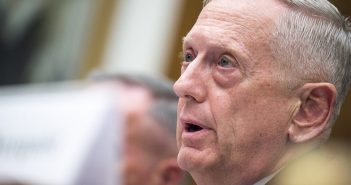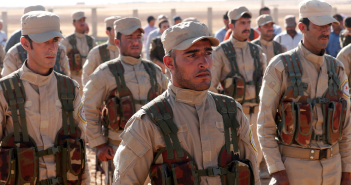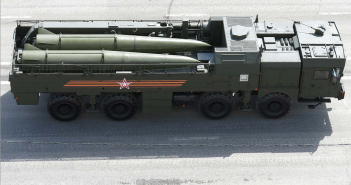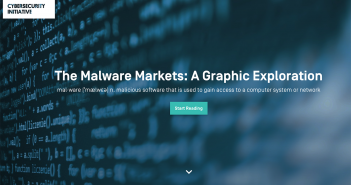Your single destination for high-quality content from top think tanks around the world. Fresh reports and analysis as they are released to ensure valuable thought leadership work isn’t lost in the daily noise.

CNAS: ‘A New Era in U.S.-Russian Strategic Stability’
In a new report from the Center for a New American Security entitled “A New Era in U.S.-Russian Strategic Stability: How Changing Geopolitics and Emerging Technologies are Reshaping Pathways to Crisis and Conflict,” co-authors Jim Miller, PhD, and Richard Fontaine argue that “the parallel changes in U.S.-Russian political relations and the military-technological landscape are fundamentally reshaping the ways in which a U.S.-Russian crisis and conflict likely would unfold,” according to the report. “Neither side has yet internalized these overlapping geopolitical and technological changes,” they continue. “When they do, it is likely that each will take different and potentially conflicting lessons from them. As a result, risks could significantly increase the potential of a dispute leading to crisis, of a crisis leading to war, and of a war escalating rapidly.” In response, they identify these potential outcomes and make recommendations for handling each of them.









